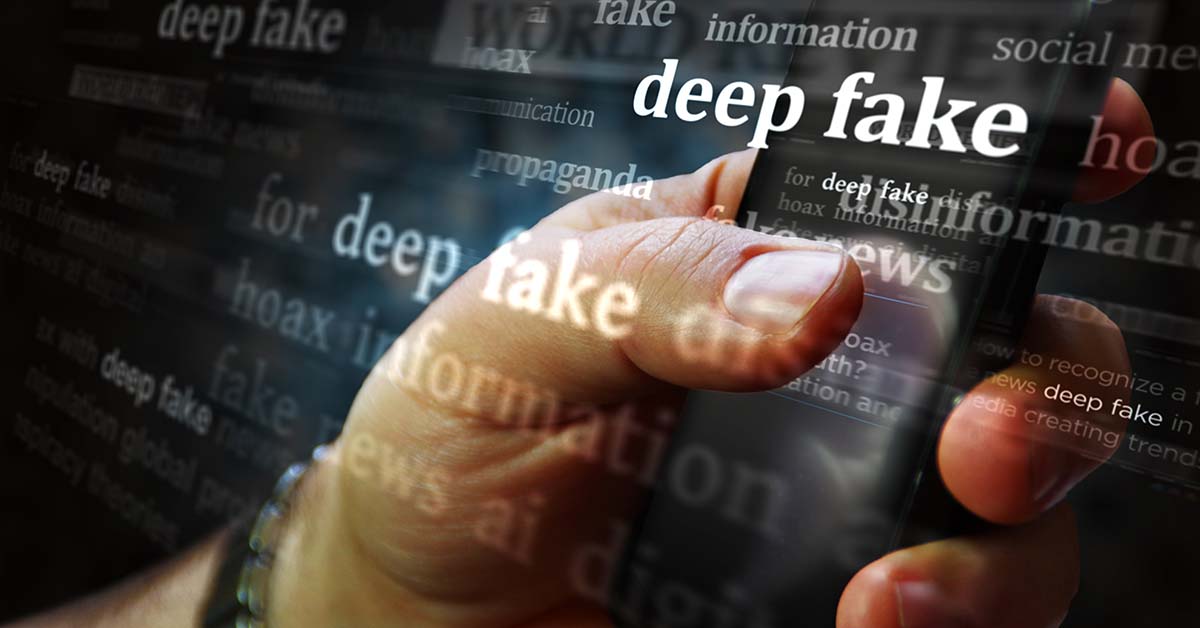A new era of digital deception has emerged in recent years due to the development of deepfake technology, which presents serious difficulties for people, companies, and even governmental organizations. A combination of the terms “deep learning” and “fake,” “deepfake” describes the use of artificial intelligence (AI) algorithms to manipulate audio, video, or image recordings to represent real people saying or doing things they never did. These technologies have far-reaching effects on many facets of society, far beyond just entertainment.
The Case of Hong Kong: Financial Fraud and Corporate Deception
A frightening instance that occurred in Hong Kong serves as a clear reminder of the risks associated with deepfake technology. During a video conference, a global corporation employee was duped by a clever swindle. He had no idea that the people he was interacting with were deepfake versions of his superiors and coworkers. The employee was forced to transfer an incredible $25 million to the accounts of fraudsters under the pretense of being a trusted representative of the company.
After receiving an email request for a covert transaction, the employee became suspicious. Those concerns were put to rest during a second video conversation, in which deepfake models accurately reproduced colleagues’ voices and appearances. It wasn’t until a week later that the employee discovered the deceit, prompting an investigation by Hong Kong authorities. This incident demonstrates the seamless use of deepfake technology in committing financial fraud and corporate espionage.
Spotting the Deception: Challenges and Strategies
The increasingly complex nature of deepfakes makes their detection a difficult task. Still, there are a number of markers that can be used to distinguish real content from fake. Inconsistencies in lip-syncing, facial expressions, or unusual movements in videos are frequently cause for concern. A deepfake audio recording may also be indicated by variations in speech patterns or disparities in voice quality. Furthermore, closely examining the content’s source and context can reveal important details about its credibility.
In light of deepfake technology’s widespread use, it is critical to provide reliable detection methods and increase public awareness of its consequences. To stop misleading content from spreading and protect against dangers, law enforcement, cybersecurity specialists, and technology businesses must work together on collaborative initiatives.
The Ripple Effects: Societal Implications and Legislative Responses
Deepfake technology presents wider societal risks, such as disinformation, a decline in trust, and dangers to democratic processes, in addition to individual cases of fraud and manipulation. Spreading fake content has the potential to sabotage discourse, foment strife, and sway public opinion. Legislative frameworks that address the moral, legal, and security ramifications of deepfake technology are being considered by policymakers worldwide in response to these issues.
The National Bank of Romania (BNR) has released alerts regarding attempts at fraud involving deepfake videos that claim to be of Mugur Isărescu, the institution’s governor. The urgency of regulatory actions to stop such dishonest practices is highlighted by these altered videos, which use the governor’s voice and image to promote financial platforms that don’t exist.
Moving Forward: Navigating the Complex Terrain of Digital Deception
Deepfake technology is expected to continue to evolve along with technology, posing a constant danger. Proactive steps include public awareness campaigns, policy changes, and technology advancements are essential in traversing this treacherous terrain. Societies can protect the integrity of digital communications in a world where communication is becoming more interconnected and reduce the hazards associated with deepfake technology by encouraging cross-sector collaboration.

